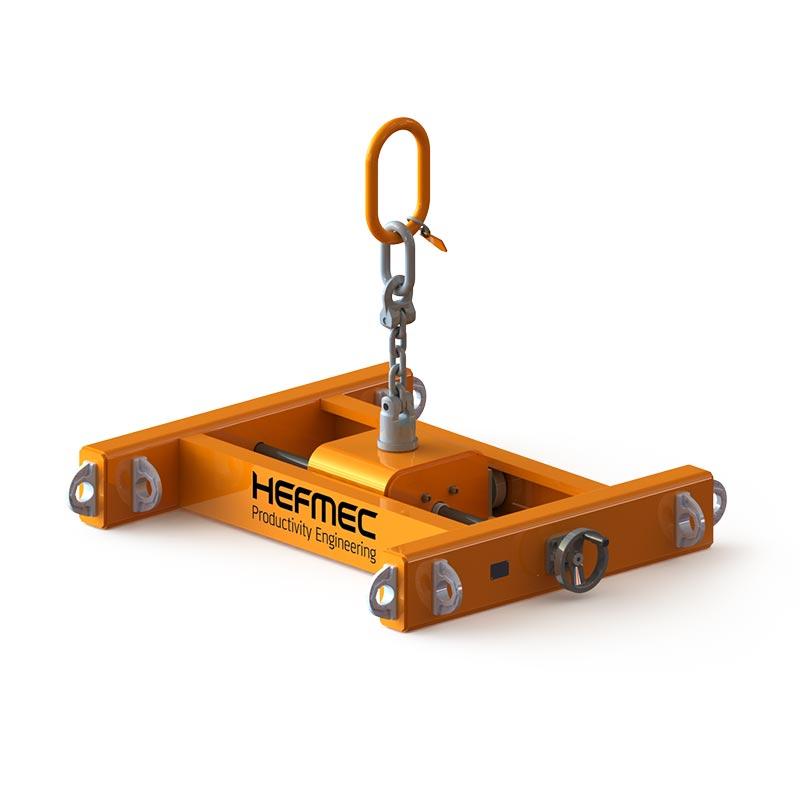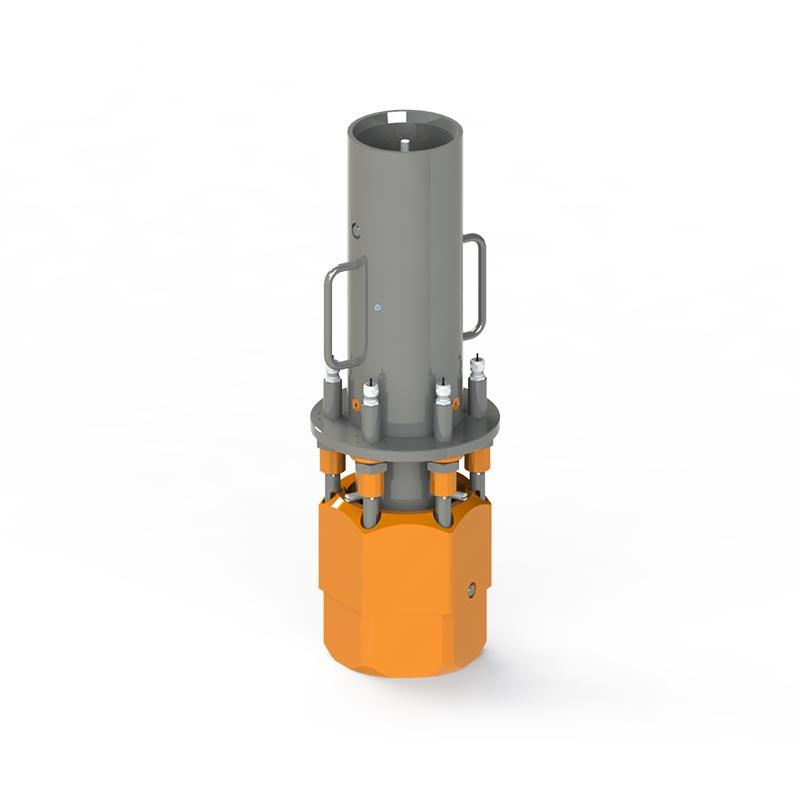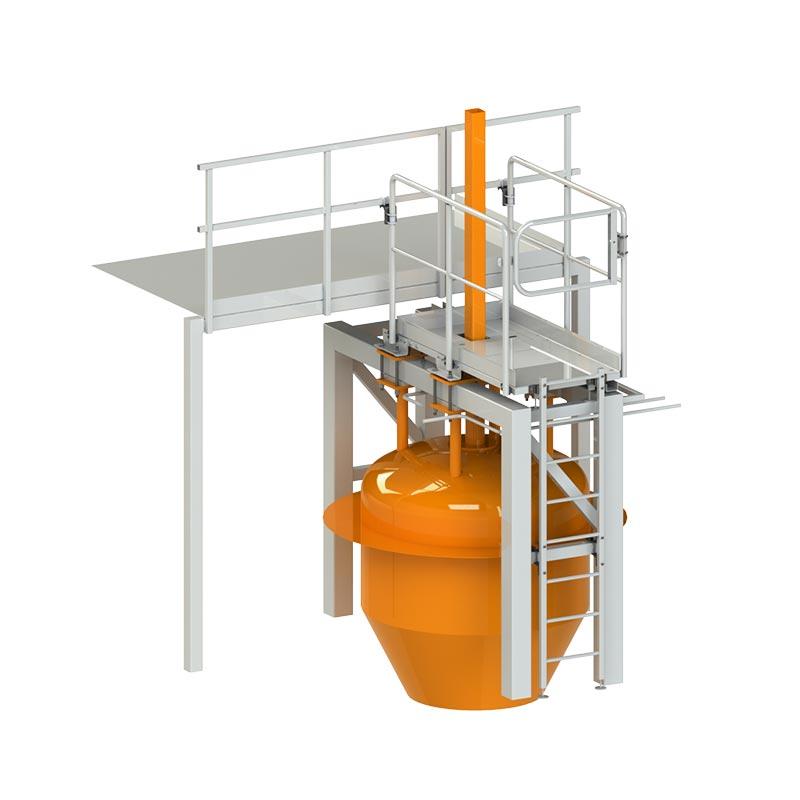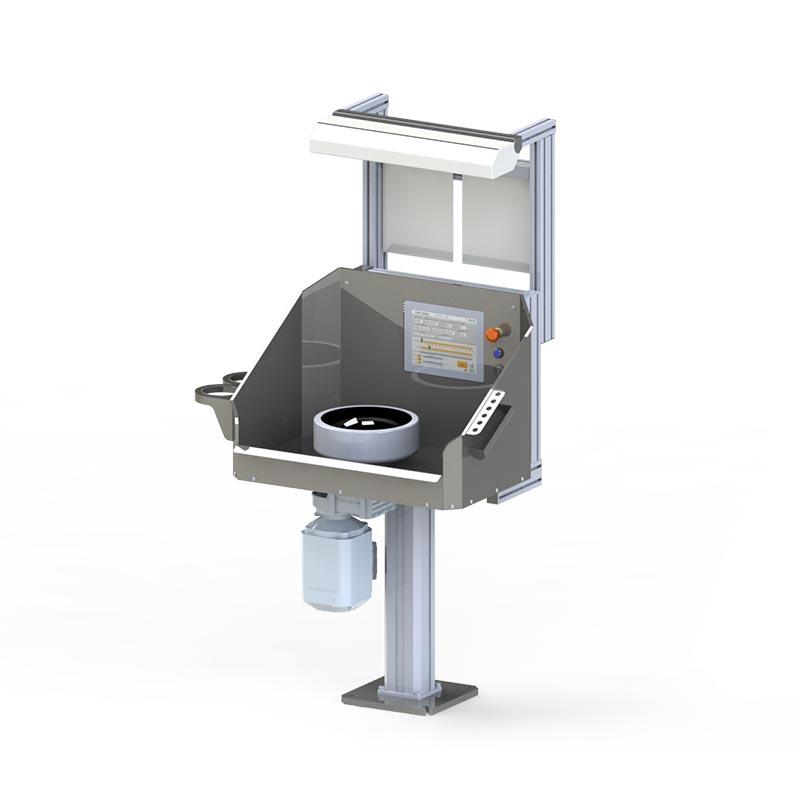Safe lifting of heavy components requires careful planning and adherence to proper safety practices. Key safety measures include a thorough risk assessment, selection of the right lifting equipment, demarcation of the work area, proper training of personnel and the development of a lifting plan. Timeliness of periodic inspections and regular maintenance of equipment should be ensured at all stages of the work. These measures will effectively prevent accidents at work and ensure smooth lifting operations.
What precautions should be taken when lifting heavy components?
In industry, the handling of heavy components always requires special attention. To ensure safety, a thorough risk assessment must be carried out before any lifting work is started. This includes an analysis of the weight, shape and centre of gravity of the item to be lifted, which will help to select the right lifting equipment and methods.
Lifting equipment must be selected with regard to its capacity, which must always be greater than the weight of the component to be lifted. Hefmec experts recommend using equipment with a lifting capacity that is at least 20% oversized in case of unforeseen situations. The condition and suitability of the lifting equipment should always be checked before starting work.
Preparing the working environment is as important as the choice of the lifting equipment itself. This includes:
- Delimitation and marking of the withdrawal area
- Preventing unauthorised persons from entering the area
- Ensuring platform evenness and load-bearing capacity
- Providing adequate lighting
- Removing obstacles from the lifting route
A carefully prepared lifting plan is the basis for everything. This is particularly important when dealing with exceptionally heavy or challenging components. Hefmec engineers help their customers to draw up comprehensive and clear lifting plans to anticipate potential risk situations.
How does regular maintenance of lifting equipment affect safety at work?
Regular and professional maintenance is one of the most important factors in ensuring the safety of lifting equipment. Preventive maintenance can detect potential defects and wear before they cause hazards or equipment failure in the middle of a critical lifting operation.
Failure of lifting equipment during operation can lead to serious accidents at work. Hefmec’s maintenance programmes can significantly reduce this risk. Regular maintenance also extends the life of the equipment and improves its reliability, resulting in long-term cost savings.
The comprehensive maintenance services offered by Hefmec include:
- Periodic maintenance according to the manufacturer’s instructions
- Condition assessments and surveys
- Proactive replacement of wearing parts
- Equipment modernisation services
- 24/7 on-call service for critical situations
Improving the reliability of lifting equipment is also important for production efficiency. Unplanned downtime is reduced when equipment is operating reliably. Hefmec’s maintenance programmes are tailored to customer needs, ensuring optimal results in terms of both safety and cost-effectiveness.
When must lifting equipment undergo periodic inspections?
Periodic inspections of lifting equipment are a statutory obligation based on the Occupational Safety Act and Government regulations. Lifting equipment must undergo a commissioning inspection before first use and periodic inspections at regular intervals thereafter.
Typically, the following checks are required for lifting equipment:
- Commissioning check: before first use or after major modifications
- Periodic inspection: usually every 12 months (cranes, hoists)
- Thorough periodic inspection: usually every 10 years or according to the manufacturer’s instructions
- Daily and weekly checks: by the user before starting work
Hefmec offers comprehensive inspection services that go beyond the minimum legal requirements. Our experts carefully document the inspections and provide clear reports, including recommendations for action. In this way, our customers can be sure that they meet all regulatory requirements.
Failure to carry out periodic inspections can lead not only to safety risks, but also to legal consequences in the event of an accident. It is therefore of paramount importance to maintain an up-to-date inspection register and to ensure that inspections are carried out regularly.
What are the specific requirements for lifting large industrial components?
Lifting large industrial components poses special challenges that require in-depth special lifting design. Such components include heavy machinery, tanks, transformers and large process equipment weighing up to hundreds of tonnes.
Special lifting often requires tailor-made lifting solutions and special equipment:
- Industrial and special-purpose jib cranes
- Hydraulic jacks and transfer systems
- Made-to-measure lifting tools and accessories
- Load and stress measurement systems
Hefmec’s expertise in demanding industrial lifting applications is based on long experience and extensive technical know-how. We design and implement specialised lifting solutions in a holistic manner, covering everything from design to implementation and documentation.
Managing specific situations requires thorough preparation and contingency planning. Hefmec’s project management ensures that all details are taken into account and that lifting operations can be carried out in a controlled and safe manner, even under challenging conditions. Our services also include monitoring during the lifting operation and responding quickly to changing situations when necessary.
How do Hefmec’s maintenance services ensure the safety of lifting?
Hefmec’s maintenance services form a comprehensive system that ensures optimum performance and safety of lifting equipment in all conditions. Our services cover both preventive and corrective maintenance needs in various industrial sectors.
Our predictive maintenance services include:
- Condition inspections and analyses with the latest technology
- Tailored maintenance programmes according to customer needs
- Periodic maintenance and inspections
- Condition monitoring systems and remote monitoring
Our corrective maintenance services include rapid servicing in the event of failure or malfunction. Our spare parts service ensures rapid availability of critical parts, minimising downtime and production losses.
Our technical support is available to our customers at all times. We thoroughly document all maintenance and repair work, which helps to plan proactive maintenance and provides the basis for long-term development. Our sophisticated digital tools allow efficient management and analysis of maintenance history.
The future of lifting safety for heavy components
Lifting safety is a constantly evolving sector, where technological innovations are bringing new opportunities to improve safety. In the future, we will increasingly see the use of digitalisation, artificial intelligence and IoT solutions in the maintenance and safety of lifting equipment.
Key lifting safety practices include thorough risk assessment, selection of the right lifting equipment, continuous development of staff skills and regular maintenance and inspections. These basic principles remain important even as technology evolves.
Hefmec is committed to continuous development and invests significantly in the development of new safety solutions. Digital twins and simulation tools enable more accurate lift planning and risk assessment. We are also developing completely new lifting tools and methods that will make lifting heavy components safer and more efficient.
Our customers’ safety is everything to us. That’s why all Hefmec services are designed to ensure that heavy components are always handled with the highest level of safety. Our aim for the future is to continue to be at the forefront of lifting safety and provide our customers with the best solutions in the industry.









